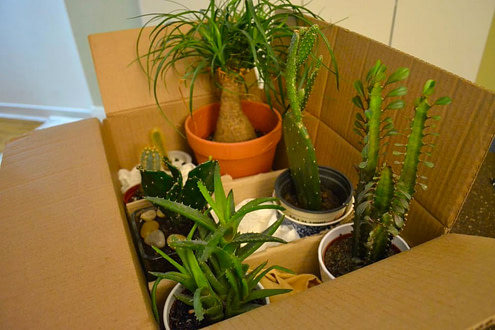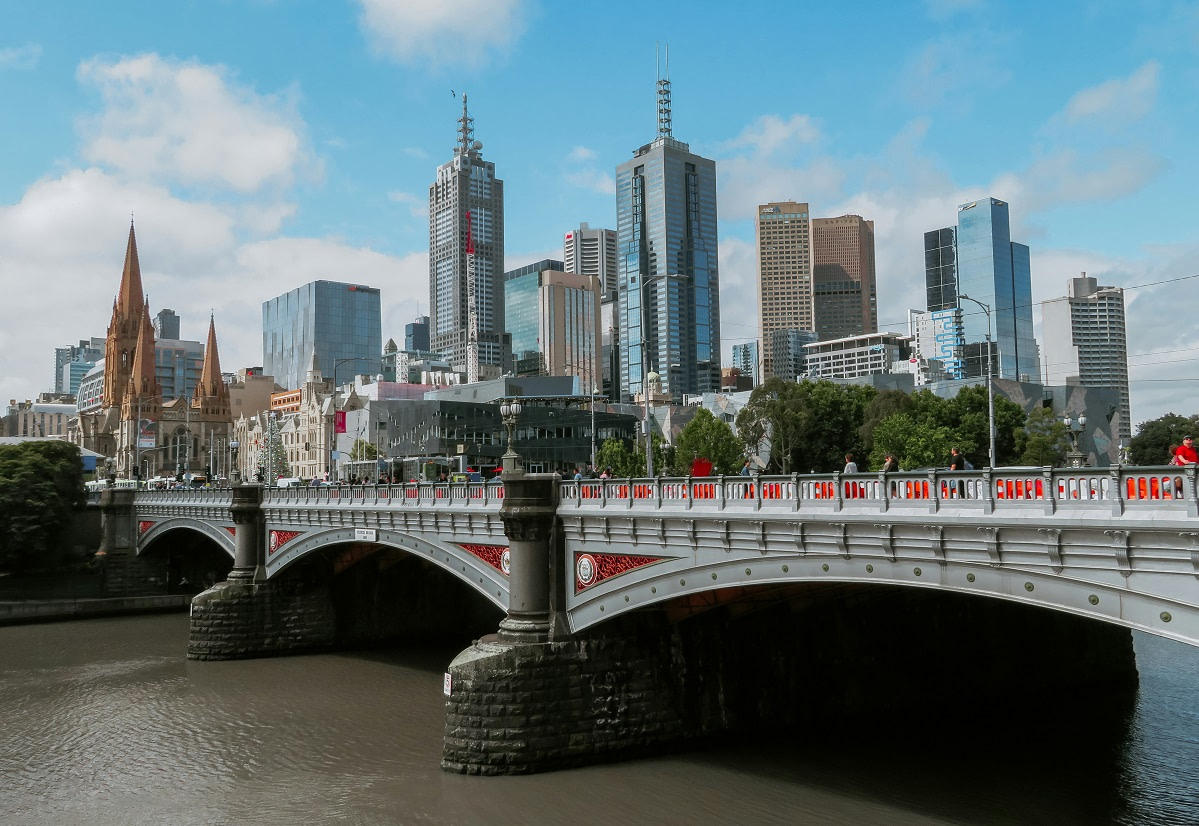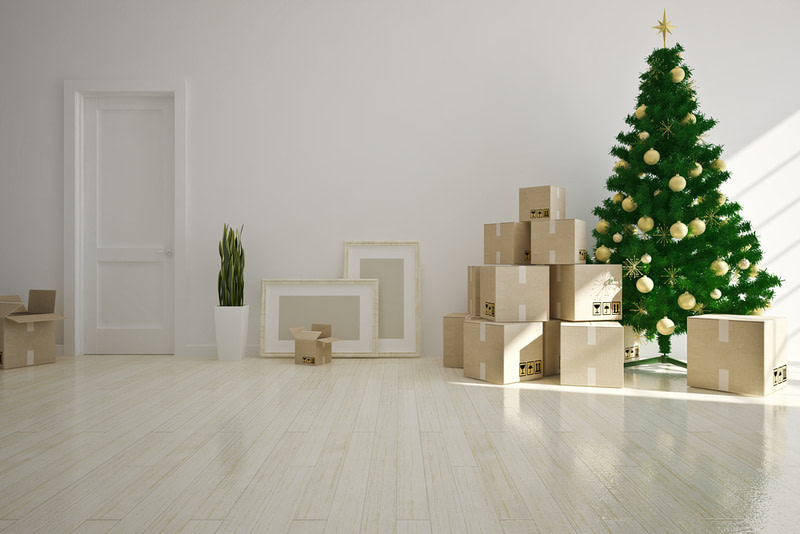Last Updated on February 19, 2024 by Vlad Stoikovich
Are you planning a move and wondering how to safely transport your beloved plants to your new home? You’re not alone, and you’ve come to the right place for guidance. This article will provide you with valuable tips and tricks for moving with plants, ensuring they arrive at your new abode happy and healthy.Planning Your Move: Preparing Your Plants for Transportation
Moving with plants can be a delicate process, as they are living organisms that require special care during transportation. In order to ensure your plants’ safety and health during your move, it is essential to prepare them properly before the big day.
First, it is important to check the Australian government regulations regarding the transportation of plants across state borders. Some plants may require permits or be prohibited altogether, so it’s best to be aware of any restrictions in advance.
Approximately two weeks before your move, prune your plants by removing any dead leaves or branches, as this will help them better withstand the stress of transportation. Water your plants thoroughly a few days before the move, but avoid overwatering, as this can lead to root rot and other issues during transit.
- Choose appropriate containers for each plant, ensuring they provide adequate support and have proper drainage. If possible, avoid using heavy ceramic pots, as these can be difficult to transport.
- Secure your plants in their containers by adding extra soil or support stakes, if necessary.
- Wrap delicate or large plants in protective material, such as bubble wrap or newspaper, to prevent damage during the move.
- On the day of your move, place your plants in a well-ventilated area of the moving vehicle, away from direct sunlight and extreme temperatures. Be sure to check on them periodically throughout the journey.
By following these steps and taking the necessary precautions, you can help ensure that your plants arrive at their new home safe, healthy, and ready to thrive.
Choosing the Right Containers for Your Plants
- Choosing the right containers for your plants is essential when preparing for a move. The proper containers will ensure the safety and health of your greenery during transportation. When selecting containers, consider the size, material, and drainage options. Your plants should have enough space to accommodate their roots and growing potting mix.
- Opt for sturdy, lightweight materials like plastic or fibreglass, which are less likely to break during transit. Avoid heavy or fragile materials like terracotta or ceramic. Make sure the chosen containers have adequate drainage holes to prevent waterlogging and root rot. If necessary, you can drill additional holes in the base.
- When transferring your plants, be gentle to avoid damaging the roots. Place a layer of fresh potting mix at the bottom of the new container, position the plant, and fill the gaps with more potting mix, ensuring the roots are covered but not compacted. Water the plants well after repotting.
When moving with plants, it’s essential to pack them correctly to ensure their safe arrival at your new home. The following tips and tricks will make packing your plants a breeze and ensure they stay healthy during the move.
- Water your plants appropriately before the move. It’s best to water them a day or two before moving to prevent overwatering or water damage to your other belongings.
- Prune your plants by removing any dead or damaged leaves and branches. This will make them easier to pack and reduce the risk of pests or disease during transport.
- Use sturdy boxes or containers with proper ventilation to pack your plants. Line the bottom with newspaper or bubble wrap for added protection. For tall plants, you may need to use a telescoping box to accommodate their height.
- Secure the pots by wrapping them with bubble wrap or a thick layer of newspaper to avoid damage during transit. Place smaller plants inside larger boxes, and fill any gaps with packing paper or bubble wrap to prevent movement.
- Label the boxes with “Live Plants – Handle with Care” and add an arrow indicating the top to ensure they are transported in the correct orientation.
Taking the time to pack your plants properly will significantly increase the likelihood of them arriving safely at your new home. By following these tips and tricks, you can ensure your greenery stays healthy throughout the moving process.
Transporting Your Plants: What to Keep in Mind
When it comes to transporting your plants during a move, proper planning and care are essential to ensure their survival. Keep in mind that plants are sensitive to changes in temperature, light, and humidity. To minimise stress on your plants, try to maintain their routine as much as possible during the relocation process.
Firstly, ensure your plants are healthy before the move by pruning, watering, and checking for pests. For long-distance moves, consider checking the climate of your destination to ensure your plants will thrive in their new environment.
Next, secure plants in sturdy containers with proper drainage. Use bubble wrap or newspaper to protect delicate leaves and stems. Avoid placing plants in direct sunlight or extreme temperatures during transport. If moving interstate, be aware of quarantine regulations that may apply to certain plant species.
- Prune, water, and check plants for pests before moving.
- Research destination’s climate for suitability.
- Use sturdy containers with drainage holes.
- Protect leaves and stems with bubble wrap or newspaper.
- Avoid exposure to direct sunlight or extreme temperatures.
- Check quarantine regulations if moving interstate.
Unpacking Your Plants: How to Reacclimate Them
Moving with plants can be a delicate process, as they require special care and attention during transportation. After reaching your new home, it’s essential to reacclimate your plants to ensure their health and longevity.
Begin by carefully removing your plants from their packaging, taking care not to damage any stems or leaves. Inspect them for signs of stress, such as wilting or discolouration. If necessary, trim any damaged parts to promote new growth.
Next, place your plants in a location with similar light and temperature conditions to their previous environment. This will help them adjust more easily to their new surroundings. Gradually acclimate them to any changes in light or temperature over a week or two, keeping a close eye on their progress.
Water your plants as needed, but avoid overwatering, as this can lead to root rot. It’s also a good idea to provide them with a dose of fertiliser to help them recover from the stress of moving.
Finally, monitor your plants for any signs of pests or diseases, and treat as necessary. With proper care, your plants will soon be thriving in their new home.
Nurturing Your Plants After the Move
Moving with plants can be a challenging task, but with proper care and attention, you can ensure your greenery thrives in its new environment. Once you’ve arrived at your new home, it’s vital to nurture your plants back to health. Here are some expert tips to help you achieve this.
- Reintroduce your plants to their ideal environment as soon as possible. This includes placing them where they can receive the necessary sunlight, temperature, and humidity.
- Inspect the plants for any signs of damage or stress incurred during the move. Trim damaged leaves or branches to encourage new growth and prevent diseases from spreading.
- Water your plants cautiously, as overwatering can cause root rot. Check the soil moisture levels and follow the recommended watering practices for each plant species.
- Wait for a few weeks before fertilising your plants, as they need time to adjust to their new environment. Once settled, use a suitable fertiliser to promote healthy growth.
Nurturing your plants after a move is crucial for their health and well-being. By following these expert tips, you can help your greenery thrive in its new home. Don’t forget to monitor your plants’ progress and adjust your care routine as needed.
Common Plant Transportation Mistakes to Avoid
To ensure your greenery arrives safely at your new home, avoid these common plant transportation mistakes:
- Not preparing plants in advance: Acclimate your plants to the moving conditions by gradually reducing water and light exposure. This will help them adapt to the stress of transportation.
- Ignoring temperature and humidity requirements: Different plants have specific temperature and humidity needs. Ensure that the moving environment meets those requirements to avoid plant stress.
- Improper packing: Use sturdy boxes or crates and cushion delicate plants with paper or bubble wrap. Avoid over packing, as this can cause damage to the plants.
- Not checking quarantine regulations: Some states have strict plant quarantine regulations to prevent the spread of pests and diseases.
By avoiding these common mistakes, you can ensure the safe transportation of your plants to your new home.
Finding Professional Plant Movers: What to Look For
Finding professional plant movers is essential when relocating your greenery to ensure their safety and health during transit. To choose the right plant movers, consider the following factors:
- Experience and expertise: Look for a company with a proven track record in handling and moving plants. Check their online reviews and ask for references to gauge their performance.
- Services offered: Ensure the plant movers offer comprehensive services, including packing, loading, transportation, and unpacking. Some companies may even provide plant care tips for the relocation process.
- Insurance coverage: Verify that the company has appropriate insurance coverage to protect your plants from any damages that may occur during transit.
- Customised solutions: Every plant relocation is unique, so look for a company that can tailor their services to your specific needs, such as providing specialised packing materials or temperature-controlled vehicles.
By following the tips and tricks provided, you can ensure your greenery arrives at your new home happy and healthy. Keep in mind the importance of proper planning, packing, and nurturing your plants throughout the moving process, as well as adapting to any unexpected challenges that may arise due

Vlad Stoikovich is the General Manager of HomeMove, with more than twenty years in the Melbourne removalist industry, you won’t find anyone with more experience or greater integrity.






